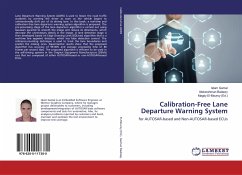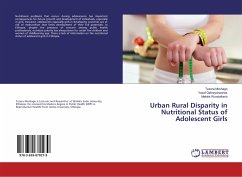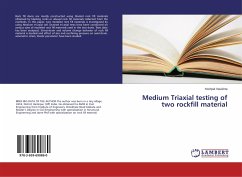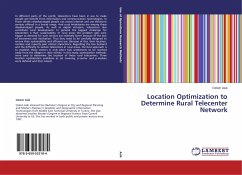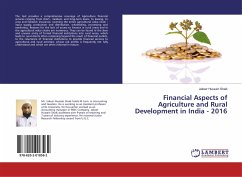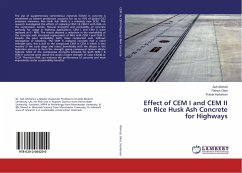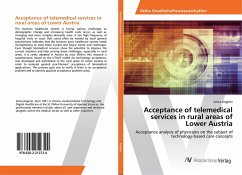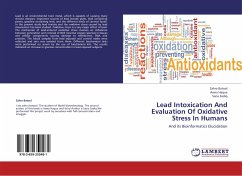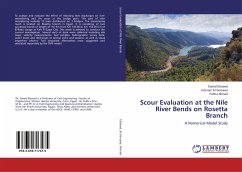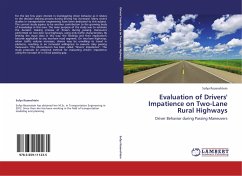
Evaluation of Drivers' Impatience on Two-Lane Rural Highways
Driver Behavior during Passing Maneuvers
Versandkostenfrei!
Versandfertig in 6-10 Tagen
32,99 €
inkl. MwSt.

PAYBACK Punkte
16 °P sammeln!
For the last few years interest in investigating driver behavior as it relates to the decision making process during driving has increased. Many recent studies in transportation engineering have been dedicated to this subject. The current study aspires to be another contribution to the growing body of knowledge in this area. The main purpose of the study was to estimate the decision making process of drivers during passing maneuvers performed on two-lane rural highways, using only traffic characteristics. By limiting the input data in this way, the findings and their implications become applic...
For the last few years interest in investigating driver behavior as it relates to the decision making process during driving has increased. Many recent studies in transportation engineering have been dedicated to this subject. The current study aspires to be another contribution to the growing body of knowledge in this area. The main purpose of the study was to estimate the decision making process of drivers during passing maneuvers performed on two-lane rural highways, using only traffic characteristics. By limiting the input data in this way, the findings and their implications become applicable to any two-lane road segment. On two-lane highways, when traffic volume increases, drivers may be unwilling to travel in platoons, resulting in an increased willingness to execute risky passing maneuvers. This phenomenon has been called drivers impatience . The study proposes an empirical method for evaluating drivers impatience using the concept of a critical passing gap.



